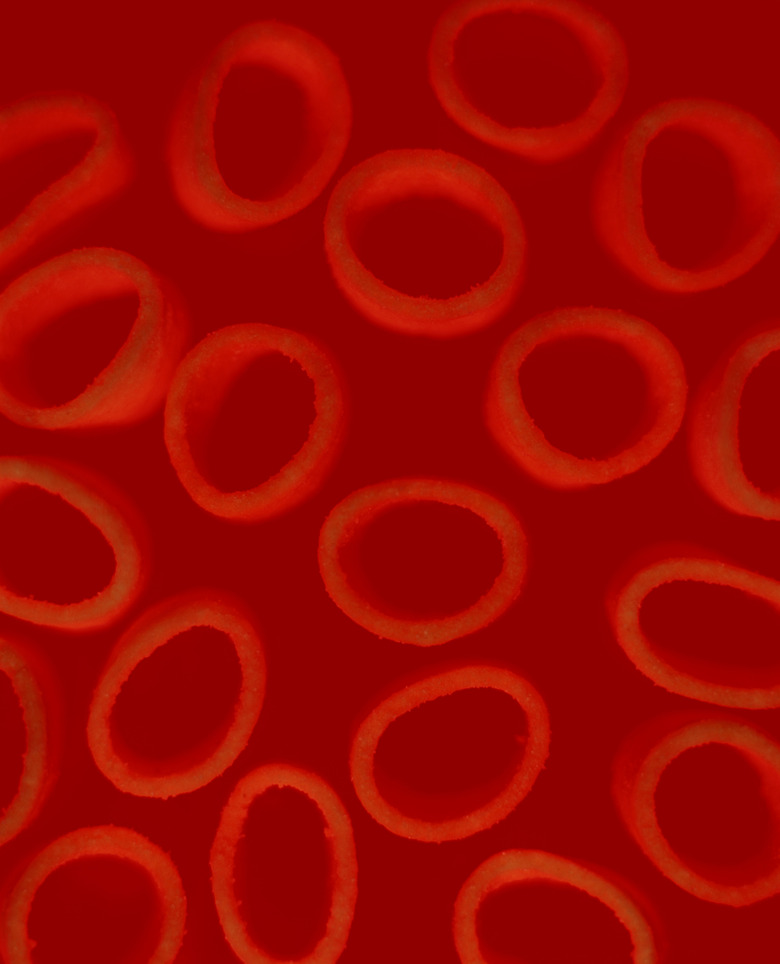Who Discovered Hemoglobin?
The first adjective people generally use to describe blood is "red." Haemoglobin, or simply hemoglobin, is the protein molecule responsible for making blood red. Named by combining the Greek word for blood — haima — with the idea of globs, hemoglobin is like a little blood blob, explains the Royal Society of Chemistry. In red blood cells, hemoglobin is responsible for the transport of oxygen.
A Story of Discovery
A Story of Discovery
The protein was discovered in 1840 by Friedrich Ludwig Hunefeld, a member of the German Biochemistry Association, according to "Lehninger Principles of Biochemistry" by David Nelson and Michael Cox. This discovery was made while viewing the blood of an earthworm. Pressed between two glass slides, the blood was allowed to dry and crystallize. Hunefeld reported, "I have occasionally seen in almost dried blood, placed between glass plates in a desiccator, rectangular crystalline structures, which under the microscope had sharp edges and were bright red." These structures were hemoglobin. This molecule and other molecules with similar function and structure are found in nearly all vertebrates, many invertebrates — like earthworms, as well as some plants and fungi.
Cite This Article
MLA
VanBuren, Jennifer. "Who Discovered Hemoglobin?" sciencing.com, https://www.sciencing.com/discovered-hemoglobin-18542/. 24 April 2017.
APA
VanBuren, Jennifer. (2017, April 24). Who Discovered Hemoglobin?. sciencing.com. Retrieved from https://www.sciencing.com/discovered-hemoglobin-18542/
Chicago
VanBuren, Jennifer. Who Discovered Hemoglobin? last modified March 24, 2022. https://www.sciencing.com/discovered-hemoglobin-18542/
